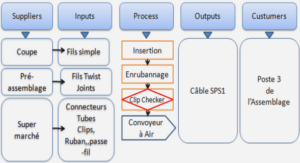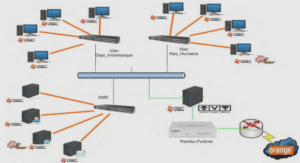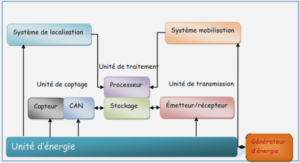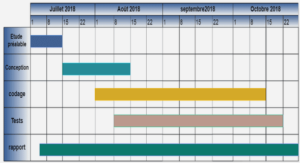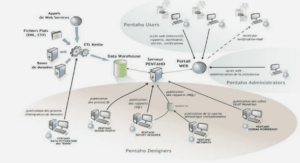Mechanisms of S contamination
Segregation of the sulfide liquid
In the Upper Zone of the Bushveld Complex, the variation in the S/Se ratios may result from the segregation of the sulfide liquid (Barnes et al., 2009). The ultramafic-mafic section of the Rustenburg Layered Suite consists of five zones called from the base to the top: Marginal Zone, Lower Zone, Critical Zone, Main Zone and Upper Zone. Samples from the first four zones have S/Se ratios that vary between 3100 and 3300 (Table 1; Fig. 6), close to mantle values. However, the S/Se ratio increases substantially in the Upper Zone from sub-Zone A (S/Se ~ 2700) at the base to Sub-Zones B and C (S/Se ~ 7000) at the top (Fig. 6). Due to high partition coefficient of Se between the sulfide liquid and the silicate melt, the extraction of the sulfide liquid from the silicate magma during the formation of sub-Zone A could have depleted the silicate magma in Se. Thus, the sulfides that segregated from the fractional residual silicate magma during the formation of sub-Zones B and C were depleted in Se resulting in an increase in the S/Se ratios in these two zones. This process has not been investigated at other intrusions. The process could be identified because of the systematical analysis of a large number of samples in two borehole sections representative of the complete stratigraphie suite of the Bushveld Complex. However, the segregation of a sulfide liquid is probably not restricted to the Bushveld and the process may yet be found in similar mafic-ultramafic intrusions if a sufficiently large number of S and Se analyses are carried out.
Fractionation of Se between MSS and ISS
In the absence of metamorphism and alteration, the geochemical distribution of Se in magmatic Ni-Cu-PGE sulfide deposits is controlled by the main magmatic sulfide phases, i.e. pyrrhotite, pentlandite and chalcopyrite, formed by the crystallization of the sulfide liquid.
Massive sulfides cover a wide range of S/Se ratios values (1000 to 43 000: Fig. 7) and show a fractionation of Se between the Fe-rich phase (interpreted as monosulfide solid-solution, MSS) and their respective residual Cu-rich phase (interpreted as intermediate solid-solution, ISS). Focusing on MSS and ISS phases from Voisey’s Bay, Sudbury and Noril’sk-Talnakh mining camps (Fig. 7) illustrates this process. The MSS phases have lower Se concentrations (33 to 91 ppm) than the ISS phases, resulting in higher S/Se ratios (3625 to 9885: Fig. 7). Moreover, most of S/Se ratios from the MSS massive sulfides are higher than the mantle domain (> 4350: Fig. 7). By contrast, the ISS phases have higher Se concentrations (72 to 328 ppm) and lower S/Se ratios values (1005 to 3968) than the associated MSS ores. These higher Se concentrations in the ISS relative to MSS generate lower S/Se ratios, less than or equal to the mantle domain. Phases between MSS and ISS have Se concentrations (72 to 141 ppm) and S/Se ratios (2457 to 4573) indicating a mixing between the two phases. The S/Se ratios display strong variations due to various Se-enrichment in the different massive sulfide types.
|
Table des matières
RÉSUMÉ
AVANT-PROPOS
REMERCIEMENTS
TABLE DES MATIÈRES
LISTE DES TABLEAUX
LISTE DES FIGURES
INTRODUCTION GÉNÉRALE
CHAPITRE 1
Résumé spécifique
Contribution des auteurs
Manuscrit « Processus affectant le rapport soufre/sélénium dans les gisements magmatiques à sulfures de nickel-cuivre et d’éléments du groupe du platine »
Abstract
Introduction
Methodology
Results
The S contamination
Komatiitic andpicritic flows and intrusions
Rift related mafîc-ultramqfîc intrusions
Arc-related maflc-ultramafic intrusions
The Meteorite impact of the Sudbury Igneous Complex
Thick crust maflc-ultramafic intrusions
Province boundary type
Other mafic-ultramafic intrusions (metamorphosed, deformed or unknown)
Mechanisms of S contamination
Influence of the ô34S values of the contaminating country rocks
Influence of the S/Se values of the contaminating country rocks
R-factor
Segregation of the sulfide liquid
Fractionation of Se between MSS and ISS
Hydrothermalism
Metamorphism
Low temperature alteration
Discussion
The domains of the S/Se ratio
Model of the evolution of the S/Se ratio
Conclusion
Acknowledgments
References
CHAPITRE 2
Résumé spécifique
Contribution des auteurs
Manuscrit « Nouvelles mesures de concentrations en S et en Se dans les roches encaissantes du complexe de Duluth, Minnesota, USA, et implications pour la formation des dépôts de Ni-Cu-EGP»
Abstract
Introduction
Geological settings
The Duluth Complex
The Cu-Ni-PGE deposits
The Partridge River and the South Kawishiwi intrusion
Thefootwall rocks of the Animikie Group
Sampling and Analytical Methods
Results
S-Se concentrations and S/Se ratios
S isotopes
Discussion
Contribution of Se-determination by TCF-INAA and its influence on S/Se ratios
The S/Se ratios of the non-BPU Virginia Formation
The S/Se and S isotope ratios of the BPU
The S/Se and S isotope ratios of the xenoliths
Implication for the formation of the Cu-Ni deposits
Influence of the location of the BPU
Proposed model for S-contamination of the PRI
Conclusion
Acknowledgments
References
CONCLUSION GÉNÉRALE
ANNEXE 1 : Compilation des analyses en éléments chalcophiles (Ni, Cu, S, Se, Pt, Pd) des gisements magmatiques à sulfures de Ni-Cu-EGP
ANNEXE 2: Tableau récapitulatif des analyses isotopiques du soufre (ô34S)
![]() Télécharger le rapport complet
Télécharger le rapport complet

